Understand the Importance of Your MIT Sloan Cover Letter
Your cover letter is a critical component of your application to the MIT Sloan School of Management. It’s your opportunity to introduce yourself, showcase your personality, and explain why you are a perfect fit for their prestigious MBA program. Unlike your resume, which provides a factual overview of your experience, your cover letter allows you to tell your story, demonstrating your unique qualities, motivations, and aspirations. It’s a chance to connect with the admissions committee on a personal level, revealing your character and illustrating how your experiences align with the values and objectives of MIT Sloan. A well-crafted cover letter can significantly enhance your chances of acceptance, setting you apart from other applicants and making a lasting impression. It’s where you translate experience into impact, aspirations into action, and potential into promise.
Research MIT Sloan and Tailor Your Letter
Before you even begin writing, immerse yourself in the world of MIT Sloan. Explore their website, understand their mission, and familiarize yourself with their values. Research the specific programs, faculty, and initiatives that resonate with your interests and career goals. This in-depth understanding is crucial for tailoring your cover letter effectively. Demonstrate your knowledge by referencing specific courses, professors, research areas, or clubs that align with your aspirations. Show the admissions committee that you’ve done your homework and that you’re genuinely interested in being a part of their community. This level of personalization goes beyond generic statements and showcases a genuine desire to join MIT Sloan, making your application stand out. Use the Sloan website as a resource. Look for information on their core values, specific program focuses, and recent developments. This research will allow you to demonstrate a targeted approach to your application, signaling to the admissions committee your genuine enthusiasm for MIT Sloan.
Highlight Your Accomplishments and Skills
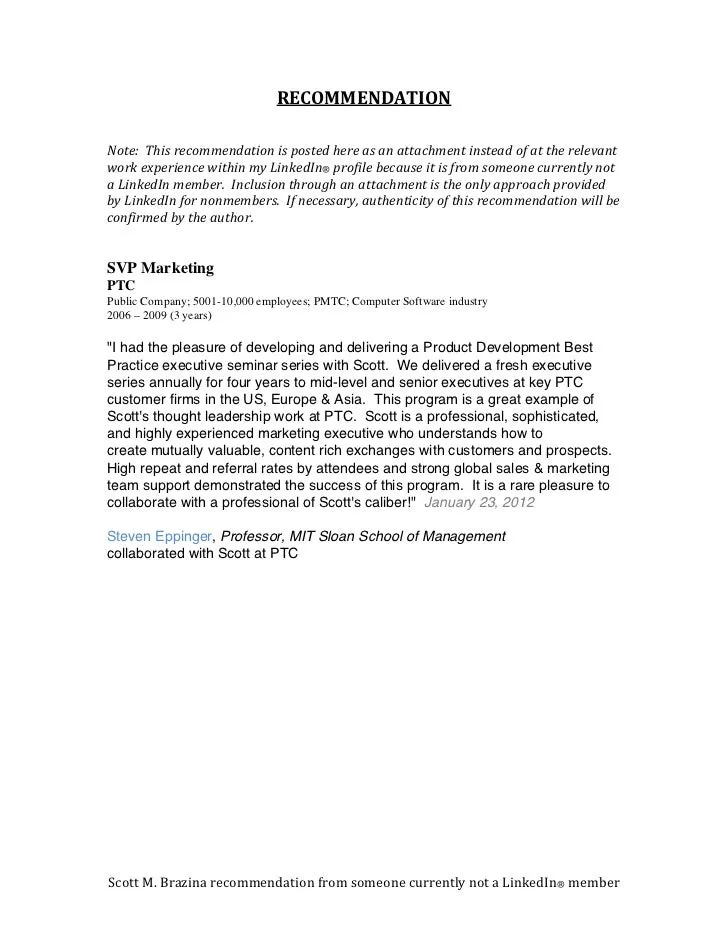
Your cover letter should be a compelling narrative of your accomplishments and skills. Don’t just list your achievements; provide concrete examples that illustrate your impact. Focus on showcasing your skills, such as leadership, teamwork, problem-solving, and communication, through specific anecdotes. Each example should paint a picture of your capabilities and how they align with the demands of an MBA program. Choose experiences that reflect your potential for success at MIT Sloan, emphasizing instances where you’ve demonstrated initiative, overcome challenges, or achieved significant results. The goal is to provide evidence of your past performance, indicating your ability to thrive in a rigorous academic environment and contribute meaningfully to the Sloan community. Think carefully about the skills Sloan values and highlight experiences that showcase those qualities. Remember to frame your accomplishments within the context of the situation, your actions, and the results you achieved (the STAR method is helpful here).
Quantify Your Achievements
Whenever possible, quantify your accomplishments. Use numbers, statistics, and data to demonstrate the impact of your work. Instead of saying, ‘I improved sales,’ say, ‘I increased sales by 15% within six months.’ Quantifying your achievements adds credibility to your claims and provides tangible evidence of your capabilities. Numbers make your accomplishments more impactful and memorable. They give the admissions committee a clear understanding of your contributions and the value you brought to previous endeavors. This precision shows that you understand the importance of data-driven results and can apply this principle to your future studies and career. Be specific and provide measurable results, detailing the scope and impact of your achievements. For example, ‘Led a team of five to reduce project costs by 20%’ is much more effective than simply stating ‘Successfully managed a project.’
Use Action Verbs
Use strong action verbs to bring your accomplishments to life. Instead of using passive language, describe your actions with dynamic verbs that demonstrate your initiative and impact. Examples of action verbs include ’led,’ ‘managed,’ ‘developed,’ ‘implemented,’ ‘achieved,’ ‘created,’ and ‘innovated.’ Action verbs provide a sense of energy and dynamism to your writing, making your cover letter more engaging and impactful. They showcase your proactive approach and your ability to take ownership of projects and tasks. By using vivid verbs, you can vividly convey your contributions and make a memorable impression on the reader. Vary your verb choices to avoid repetition and keep your narrative engaging. Consider the specific actions you took and select the verbs that most accurately reflect your involvement. Think of your achievements, and then begin your sentence with a powerful action verb. This will help elevate the effectiveness of your letter.
Demonstrate Your Fit with Sloan
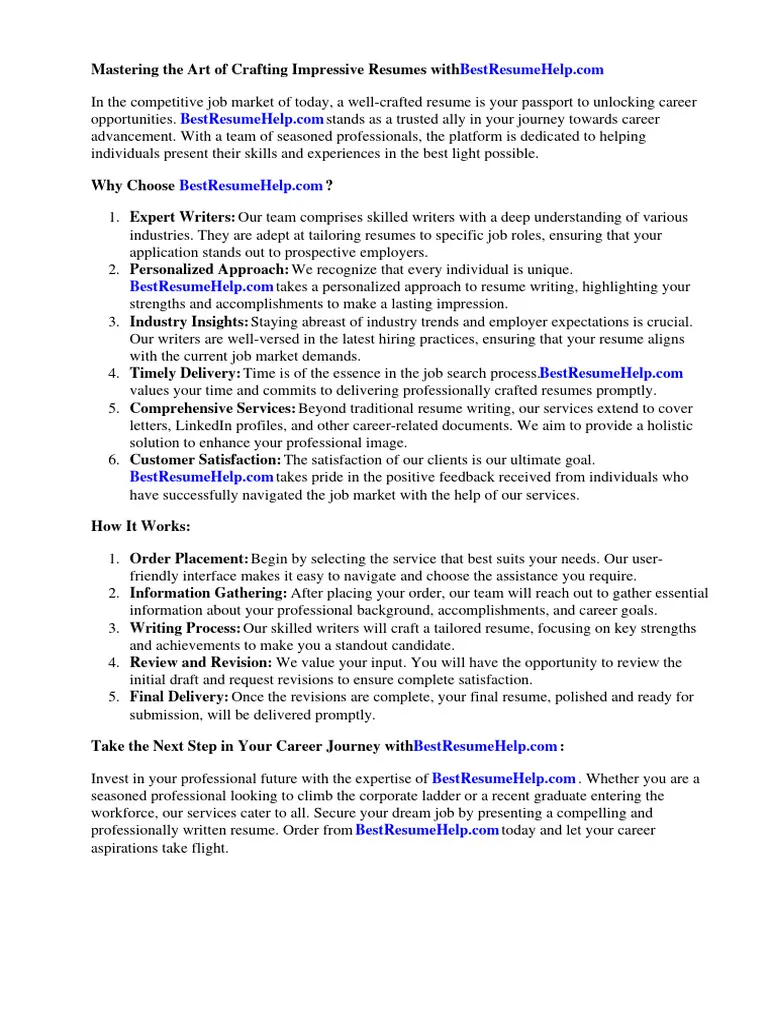
Clearly articulate why you are a good fit for MIT Sloan. Explain how your experiences, skills, and goals align with the program’s mission, values, and culture. Showcase your understanding of what makes Sloan unique and how you can contribute to the school’s community. Demonstrate a deep appreciation for Sloan’s emphasis on innovation, leadership, and global impact. Discuss the specific aspects of the program that excite you, such as the curriculum, faculty, or research opportunities. Show the admissions committee that you’re not just looking for an MBA; you’re specifically drawn to the distinctive opportunities that MIT Sloan provides. This demonstrates thoughtful consideration and genuine interest. Focus on the aspects of Sloan that truly appeal to you and articulate how you envision leveraging those resources to achieve your goals. Highlight how your values align with Sloan’s. Does Sloan value teamwork? Highlight times you worked with a team.
Showcase Your Leadership Potential
MIT Sloan seeks candidates with strong leadership potential. Use your cover letter to demonstrate your leadership skills through relevant examples. Describe situations where you took initiative, motivated others, and achieved results. Showcase your ability to lead teams, manage projects, and inspire others. Highlight instances where you’ve overcome challenges and demonstrated resilience. Illustrate your capacity to make decisions, take responsibility, and guide others towards a common goal. Use specific examples to paint a clear picture of your leadership style. You can draw on examples from your professional and personal experiences. Show them you’re not just a follower, but someone who can take charge when necessary. Showcase your ability to inspire, motivate, and guide teams to achieve their goals. Consider situations where you spearheaded projects, took on additional responsibilities, or mentored others. Even if you haven’t held a formal leadership title, demonstrating leadership qualities is critical.
Express Your Career Goals
Clearly state your career goals and explain how an MIT Sloan MBA will help you achieve them. Outline your long-term aspirations and detail the specific skills and knowledge you hope to gain from the program. Connect your goals to your past experiences and the resources Sloan provides, showing that you have a clear vision for your future. Be specific about the industry, role, and company you aspire to join, providing tangible evidence of your career plan. Show that you have a realistic understanding of your goals and how an MBA from MIT Sloan will be instrumental in achieving them. Demonstrate how you will leverage your Sloan education to advance in your chosen field. Explain how your goals align with Sloan’s strengths, such as innovation, technology, or entrepreneurship. Your cover letter is a space to show the admissions committee where you want to go and why they can help get you there.
Structure Your MIT Sloan Cover Letter
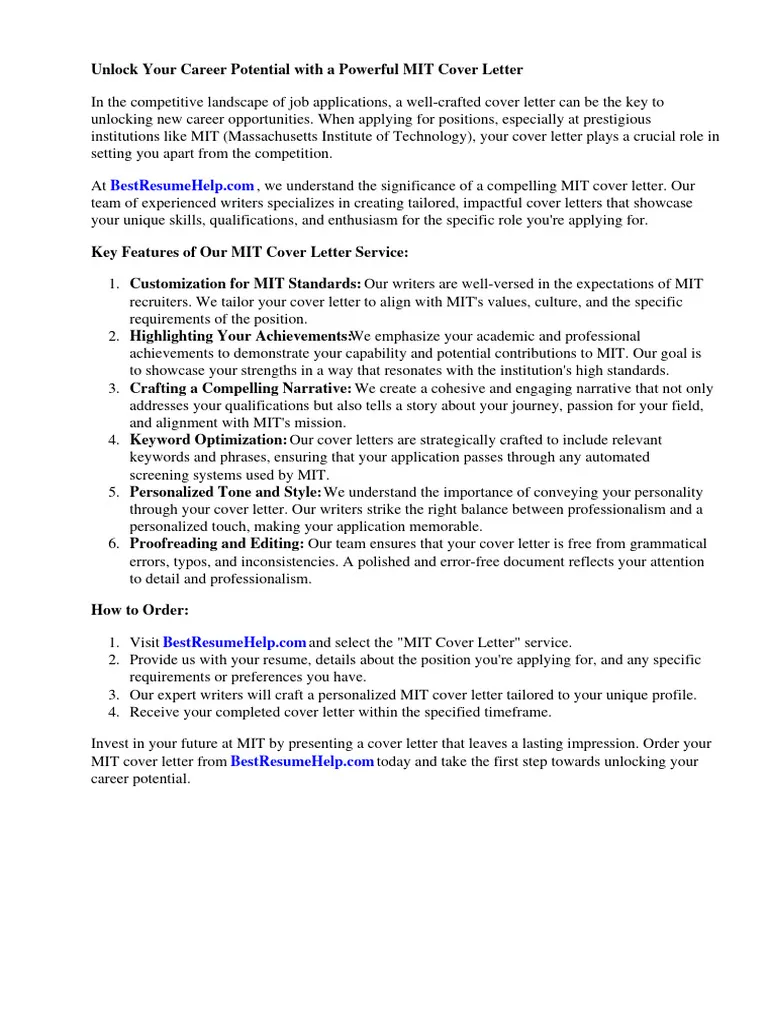
A well-structured cover letter is easy to read and effectively conveys your message. Use a clear and concise format with an engaging opening, well-developed body paragraphs, and a strong closing. Follow a logical flow that highlights your key qualifications and connects your experiences to your goals. Consider the tone and style that’s appropriate for MIT Sloan’s culture. Your cover letter should be a reflection of your analytical skills and communication abilities. Maintain a professional yet personal tone. Ensure your structure is coherent, so the admissions committee can easily understand your message. The structure of your letter is just as important as its content. A cover letter that is structured well will be easier to read, and that will help you stand out from other applicants. By being easy to read, it will enable the admissions committee to follow your arguments and get to know you better.
Opening Paragraph [Grab Attention]
Start with a compelling opening paragraph that immediately grabs the reader’s attention. Briefly introduce yourself and state your purpose for writing. Highlight a key achievement or a specific experience that showcases your fit with MIT Sloan. This initial hook should pique the reader’s interest and encourage them to continue reading. Make it personal and memorable, showing enthusiasm and sincerity. Avoid generic opening lines; instead, aim for a creative and attention-grabbing introduction. This initial impression can set the tone for the rest of your letter and create a positive first impression. Tailor your opening to the specific program or area of study you are applying for, indicating your knowledge and interest. Make it concise and focused, allowing your personality and enthusiasm to shine through. This opening paragraph is an early opportunity to show why you are unique and deserving of consideration for admittance to the Sloan MBA program.
Body Paragraphs [Showcase Your Value]
The body paragraphs should elaborate on your accomplishments, skills, and experiences. Use these sections to demonstrate your leadership potential, highlight your unique qualities, and showcase your fit with MIT Sloan. Provide specific examples that support your claims and illustrate how you’ve made a positive impact in your previous roles. Break down your arguments into distinct paragraphs, each focusing on a key aspect of your profile. Connect your past experiences to your future goals, explaining how an MIT Sloan MBA will help you achieve them. Organize your paragraphs logically, creating a narrative that is easy to follow and understand. This allows the admissions committee to gain a deeper understanding of your qualifications and how you can contribute to the Sloan community. Use the body paragraphs to expand on the core competencies that the admissions committee values and explain how you demonstrate those qualities.
Closing Paragraph [Call to Action]
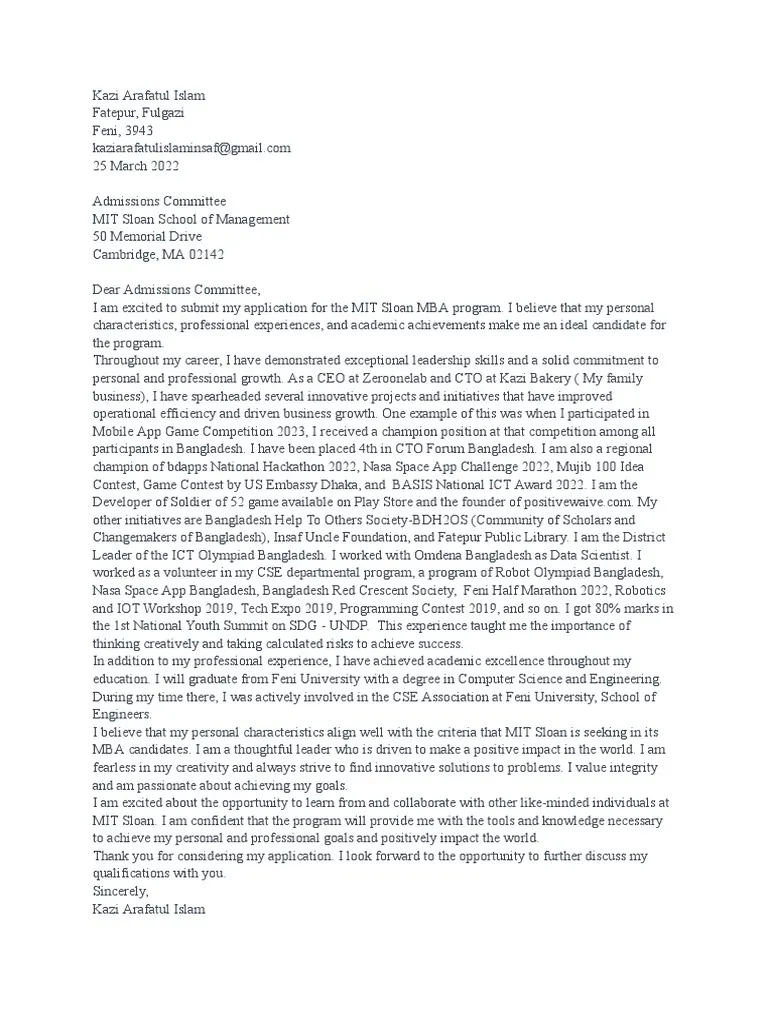
End with a strong closing paragraph that summarizes your key qualifications and reiterates your interest in MIT Sloan. Express your enthusiasm for the opportunity to join the program and highlight your commitment to contributing to the Sloan community. Thank the admissions committee for their time and consideration. Include a call to action, such as expressing your eagerness to discuss your application further or attend an interview. This concluding statement should leave a lasting positive impression and reinforce your suitability for the program. A well-crafted closing paragraph strengthens the impact of your cover letter. Avoid clichés and generic phrases; instead, convey a sincere and enthusiastic tone. This paragraph is an important point of closure and should summarize your main points. Reiterate your interest in joining the Sloan community.
Formatting and Style Tips
Adhere to professional formatting standards and maintain a consistent style throughout your cover letter. Use a clear and readable font, such as Times New Roman or Arial, with a standard font size (11 or 12 points). Keep your letter concise, typically no more than one page. Use appropriate headings and subheadings to break up your content and make it easy to read. Maintain a professional tone throughout the letter and avoid using slang or jargon. Pay close attention to grammar, punctuation, and spelling; errors can detract from your credibility. The formatting and style of your cover letter can have a significant impact on the reader. Ensure the letter is visually appealing and easy to read. Use white space effectively and avoid overcrowding your text. Your cover letter should look professional and polished, as this reflects your attention to detail and commitment to excellence. Make sure that your formatting is consistent with any other material you submit for your application.
Keep it Concise and Professional
Keep your cover letter concise and focused. Admissions committees are busy, so it’s important to convey your message efficiently. Aim for a single-page letter, highlighting your key accomplishments and experiences. Use clear and direct language, avoiding jargon or overly complex sentences. Stay on topic and avoid irrelevant information. Focus on showcasing your value and demonstrating your suitability for the program. Be precise with your words. Concise doesn’t mean to omit anything important. It means to get your message across quickly and efficiently. Keep your language simple, direct, and easy to understand. The admissions committee has many applications to review. Make sure that your letter is not a time-consuming read. Make every word count.
Proofread Meticulously
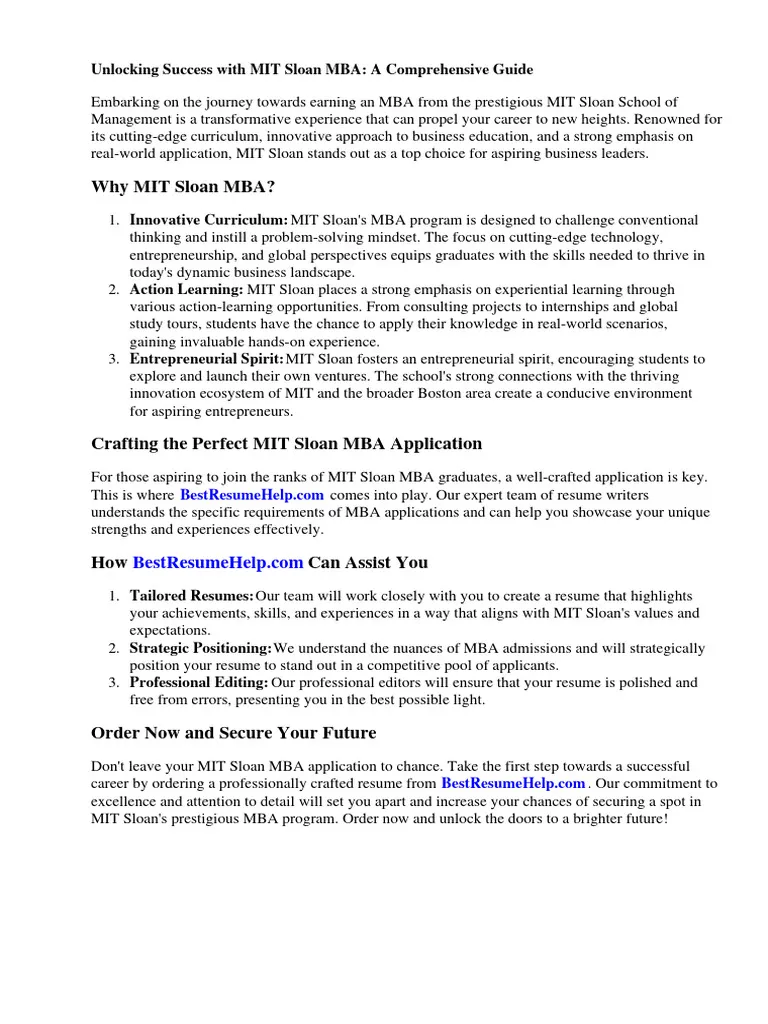
Proofread your cover letter meticulously for any errors in grammar, spelling, punctuation, or formatting. Errors can undermine your credibility and make a negative impression. Use spell-check and grammar-check tools, but don’t rely solely on them; they may not catch every mistake. Read your letter aloud to catch awkward phrasing or errors you might miss when reading silently. Ask a trusted friend or colleague to review your letter for any errors. A fresh pair of eyes can often spot mistakes you’ve overlooked. Thorough proofreading is essential to present a polished and professional image. Typos and grammatical errors detract from your application and suggest a lack of attention to detail. This is one of the most crucial steps of writing an MIT Sloan cover letter.
Get Feedback from Others
Seek feedback on your cover letter from trusted sources, such as career counselors, professors, or mentors. They can provide valuable insights and help you identify areas for improvement. Ask them to assess the clarity, content, and overall effectiveness of your letter. Consider their suggestions and revise your letter accordingly. A fresh perspective can help you see your application through the eyes of the admissions committee. This valuable feedback can help you strengthen your cover letter and make it more persuasive. Asking for feedback is a critical step in the writing process. Someone outside your own perspective will most likely be able to see any flaws. Constructive criticism is a part of the process, so do not feel defensive.
Top Tips for Writing an Effective Sloan Cover Letter
Writing a strong cover letter is an important step in the MIT Sloan application. By following these tips, you can create a compelling narrative that showcases your unique strengths and increases your chances of acceptance. Tailor your letter to the specific program. Make it personal and demonstrate your genuine interest in attending MIT Sloan.
Focus on Specifics and Examples
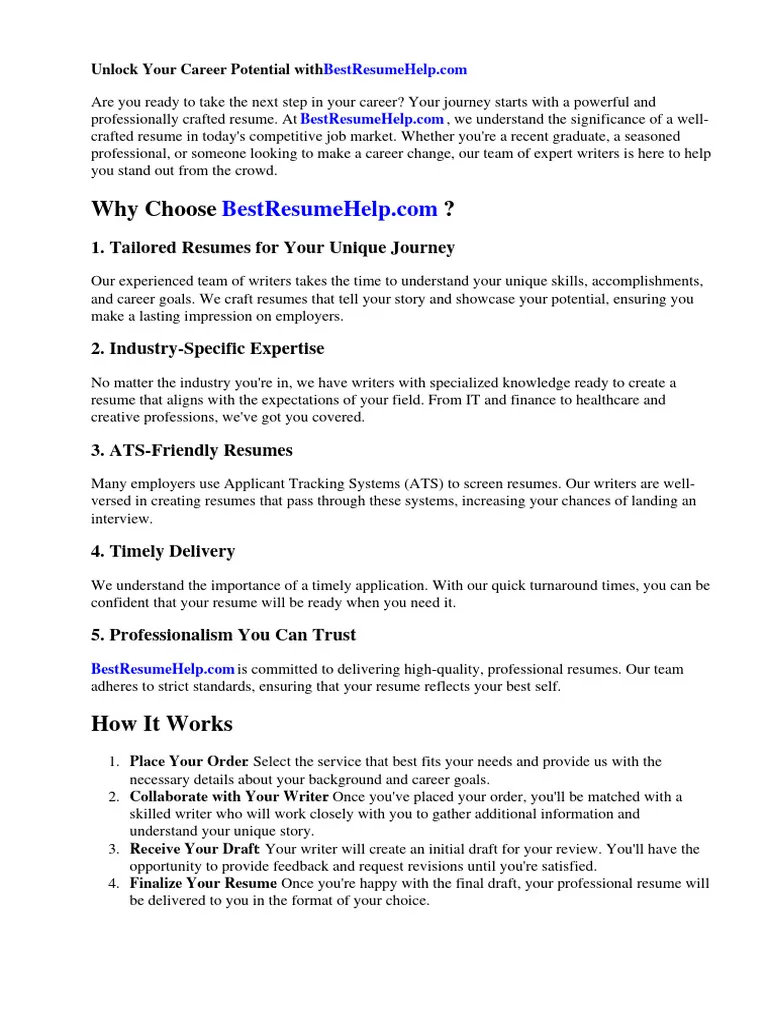
Provide specific examples to support your claims, illustrating your skills and accomplishments. Instead of making generic statements, use concrete examples to demonstrate your abilities. This adds credibility to your writing and makes your letter more memorable. The best cover letters bring an applicant’s experiences to life. Whenever possible, use the STAR method to structure your examples, describing the Situation, Task, Action, and Result. The more specific you can be, the more the admissions committee will understand your capabilities and impact. Using specifics helps the committee understand how you approach problems and how you achieve success. Avoid vague statements, such as ‘I am a good leader.’ Instead, showcase specific leadership instances.
Show, Don’t Tell
Instead of simply stating your qualities, show them through compelling narratives. Use anecdotes and examples to illustrate your leadership skills, teamwork abilities, and other relevant characteristics. Paint a picture of your experiences, allowing the admissions committee to witness your achievements firsthand. Show, don’t tell, is a crucial writing technique. Bring your experiences to life by describing your actions, the results you achieved, and the impact you made. Rather than saying, ‘I’m a strong communicator,’ describe a situation where you effectively communicated a complex idea. By showing your qualities, you’re making your case more persuasive and memorable. This technique will set you apart from other applicants, making your cover letter more engaging and impactful. Use vivid language and detailed descriptions to transport the reader into the experience.
Highlight Your Unique Qualities
Emphasize the qualities that make you unique and differentiate you from other applicants. Highlight your distinctive experiences, skills, and perspectives that align with the values of MIT Sloan. Showcase what makes you stand out and why you would be a valuable addition to their community. Reflect on your personal journey and the factors that have shaped you. Use your cover letter to show how you think and act. You want the admissions committee to see the real you. Your cover letter should highlight your strengths. The more distinctive your narrative, the more memorable you will be. This helps the admissions committee understand who you are beyond the facts on your resume. By emphasizing your unique qualities, you increase your chances of making a lasting impression and securing your place in the MIT Sloan MBA program.
Avoid Common Mistakes
Avoiding common mistakes is critical to ensuring your cover letter is well-received. Be mindful of errors that could negatively impact your application. Make sure you avoid these mistakes.
Generic Letters
Avoid sending a generic cover letter that could be used for any MBA program. Tailor your letter to MIT Sloan, referencing specific aspects of the program, faculty, and culture. Show the admissions committee that you’ve done your research and are genuinely interested in their school. Generic letters demonstrate a lack of effort and consideration. They suggest you have not taken the time to understand the program and why you would be a good fit. This can create a negative impression and reduce your chances of acceptance. Customize your letter to the specific program you are applying for.
Typos and Grammatical Errors
Typos and grammatical errors can detract from your credibility and make a negative impression. Thoroughly proofread your cover letter for any errors. Use spell-check and grammar-check tools, but also read your letter aloud to catch any mistakes you might miss. Ask a trusted friend or colleague to review your letter as a final check. Correcting these errors is an easy way to improve your cover letter. Typos and grammatical errors undermine your professionalism and attention to detail. They signal a lack of care and effort. This suggests that you may not possess the thoroughness and analytical skills MIT Sloan values. Take the time to proofread and edit your letter carefully.
Lack of Research
Demonstrate a lack of research by not mentioning specific aspects of MIT Sloan, such as programs, faculty, or initiatives. This shows that you have not taken the time to understand the school’s mission and values. Failing to research the school makes it difficult to demonstrate why you are a good fit. This suggests a lack of genuine interest. Thorough research is essential to demonstrate your interest and suitability for the program. Research MIT Sloan’s programs, faculty, and culture. By showing the admissions committee that you understand their values and mission, you improve your chances of acceptance.
